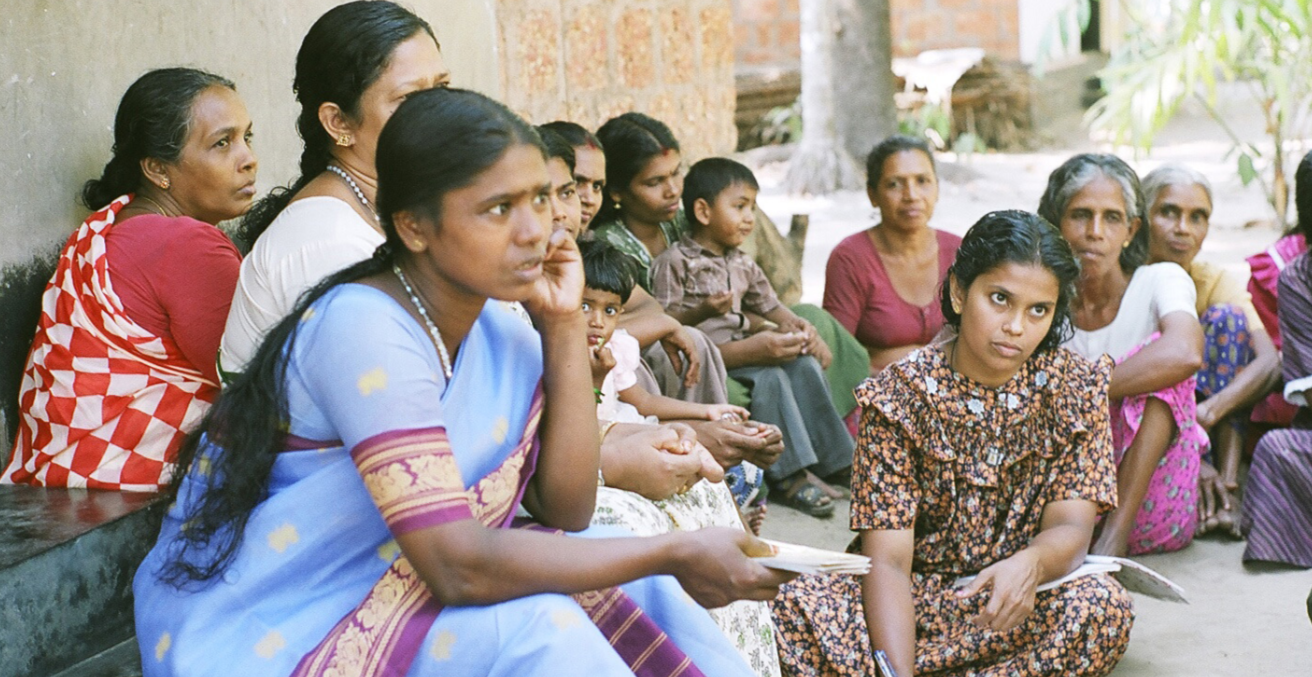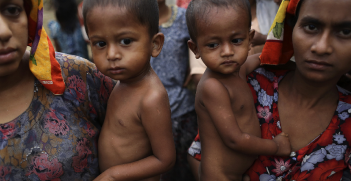Microfinance and Women: Assumptions and Reality of Empowerment Impact

Although microfinance was hailed as an important step for women’s empowerment, research has yielded conflicting evidence.
The assumption that microfinance promotes empowerment is partly due to microfinance’s often group-based structure. Microfinance Institutions (MFIs) often require beneficiaries to join or form groups as a method of support and accountability for loan repayment. The ongoing monetary links between group members can create social capital, such as trust, that stimulates members to “address social issues” and can lead to concerted efforts to protect other women from men.
Microfinance is also assumed to promote women’s empowerment due to its poverty alleviation outcomes. Research efforts to determine whether microfinance can help alleviate poverty have been conducted across the globe. Literature shows that there is evidence to support the benefit of microfinance on poor people overall. A study in Bangladesh found that microfinance decreased poverty rates of borrowers and raised household consumption per capita. This contributed to wider non-group member advancement in the local economy and promoted income growth. Morduch and Haley also add to this, claiming that microfinance positively impacts on the amount of people living in absolute and extreme poverty.
In contrast, it can be argued that microfinance’s impact on poverty reduction and therefore empowerment may be minimal because poverty alleviation doesn’t often occur due to restrictions on women regarding access to markets, education and skills development. Although poverty alleviation can be shown to benefit some microcredit recipients, evidence suggests that many women use their loans to support pre-existing ventures within limited activities that often produce low profits. These businesses are generally seen as women’s labour and include enterprises such as handicrafts and smaller trades. Women who are restricted by male relatives from going to markets can have their work exploited, often because their children are sent to sell their products instead. Social acceptance of traditionally male and female sectors has shown to restrict women’s access to more profitable work, limiting their access to increased income.
Another argument to support microfinance’s positive affect on women’s empowerment is the acclaim it receives for providing loans mainly to women. The credit access provided to more women than men is seen as an important step to include women in the financial sector. However, the assumption that microfinance promotes empowerment simply because of access to credit has its limitations.
The assumption that providing loans mainly to women promotes empowerment is also challenged when looking at gender discrimination within MFIs. MFIs often praise women as the more reliable beneficiaries of credit, specifically when it comes to loan repayment. However, MFIs may not be excluded from gender stereotyping, specifically that “driven by social categorizations and cultural constructs, especially in developing countries where few legal barriers exist to discrimination” Agier and Szafarz claim the stereotype in question is that of women’s lack of entrepreneurial abilities. They suggest there is a glass ceiling for women receiving microfinance loans. Women may have equal access to credit however they often “face harsher loan downsizing than men.”
Microfinance is further thought to promote women’s empowerment as it is suggested that it will spark a chain of events leading to social change. Mayoux discusses the assumption that access to credit in various program styles leads to a “virtuous spiral” of “economic empowerment, improved wellbeing and social/political/legal empowerment.” It is assumed that once women have access to credit they will themselves work towards empowerment in a knock-on effect, similar to that conceptualised by “feminist gender lobbies.” Many MFIs claim that their work leads to social change potentially empowering women in their domestic and social spheres.
The issue with this assumption can be seen first in its specific use of the term empowerment. As discussed above, empowerment can be viewed differently. Empowerment is defined in this instance by feminist gender lobbies, which may or may not lead to the empowerment of other women by their own standards or interpretations. Furthermore, after decades of access to credit from MFIs, women are often still limited by gender stereotypes and traditional limitations. The expectation of women to maintain their traditional workload despite commencing their entrepreneurial endeavours can limit their opportunities to create income. Brett argues that many women are subject to traditional constraints such as domestic duties and looking after children, which can severely limit their productive activity, so much so that they may “realise a net income loss at the household level.” Women are therefore arguably unable to fully benefit from their credit and utilize it in their business ventures as their time is limited. It can therefore be argued that women don’t often progress from economic empowerment to the goal of social empowerment as they don’t make it past the first stage due to social constraints.
There are many approaches used by microfinance programs, differing in detail which can affect women’s empowerment in different ways. According to Johnson, microfinance can take approaches that tackle gender inequality in its programs or can step back, providing minimal support, and putting responsibility on women to access credit. However, MFIs that provide support to women and focus on the restrictions they face have a higher chance of effecting positive change. The assumptions regarding what empowerment is and looks like can determine the level of support provided to women and the approach taken.
To fully promote women’s empowerment through microfinance there are numerous considerations to be aware of. First, MFIs must be aware of hurdles to promoting women’s empowerment, such as not making it a primary goal that guides decisions and not providing clear incentives that make women’s empowerment a goal that everyone accepts and aims for.
Further, MFIs should not assume empowerment of borrowers just because they have access to microcredit. If organisations truly want to empower women they should design their microfinance programs to provide incentives for borrowers, workers and husbands that encourage women’s empowerment through “well-defined and observable empowerment-promoting tasks and evaluation criteria.” Mayoux also suggests that a “minimal gender package” should be used in microfinance. This includes flexibility of loan conditions that cater for women’s goals and requirements and increase their control; and the provision of additional services that address gender issues, reduce women’s traditional workload, and advocate for women at both the national and local level. The gender package can also address women’s group participation in “decision-making and strategies” to ensure they contribute to empowerment, not simply loan repayment; and ensure the establishment of gender policy in all participating NGOs.
Aimee Robinson is currently undertaking the Master of International Development Practice at Monash University, with a focus on gender and security. Aimee has spent time working alongside women’s groups in Kerala India, towards empowerment objectives and has a passion for gender equality.
This article is published under a Creative Commons Licence and may be republished with attribution.





